Which of the following compounds on oxidation with (CH3COO)4 Pd would give the product OHC(CH2)4CHO ?
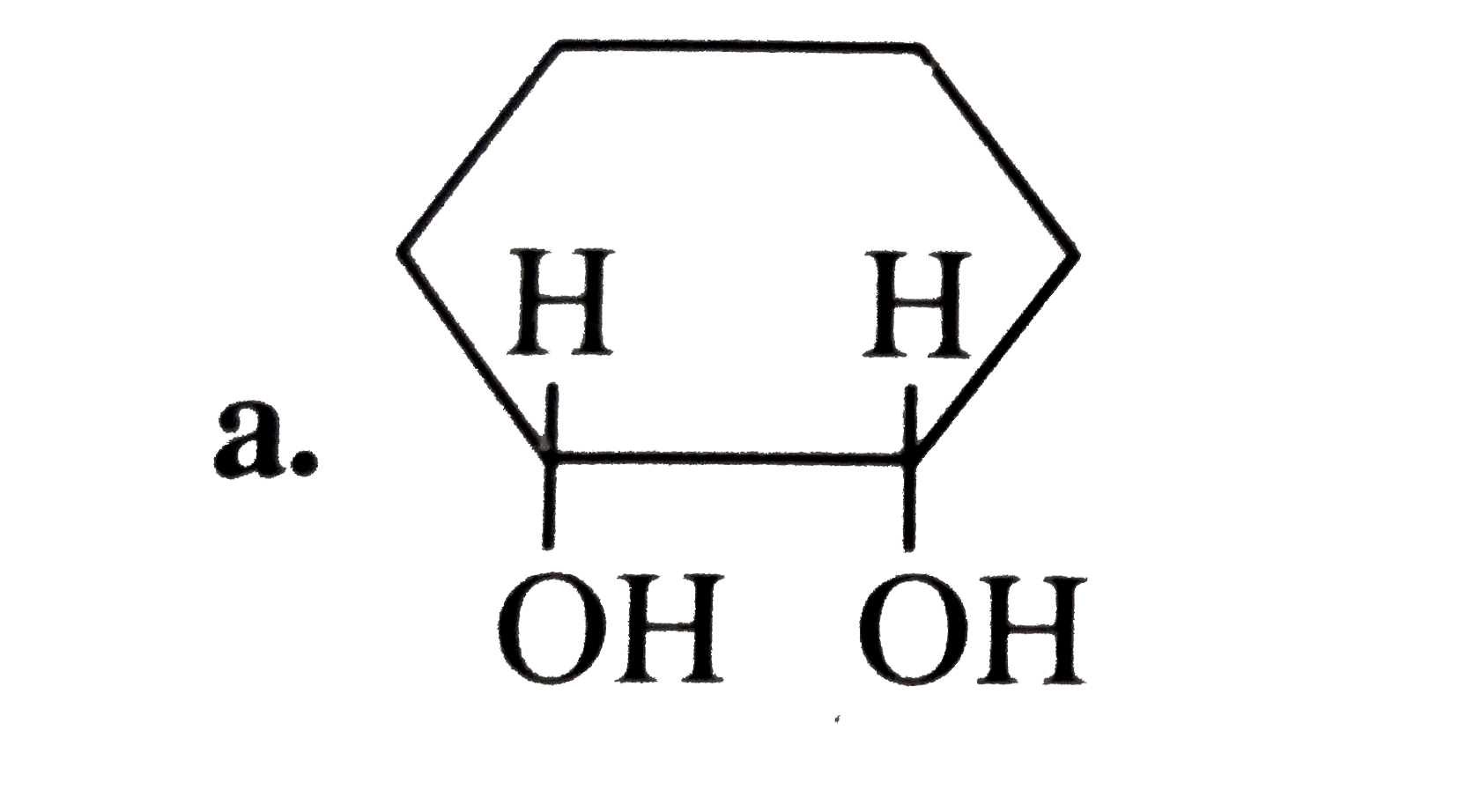
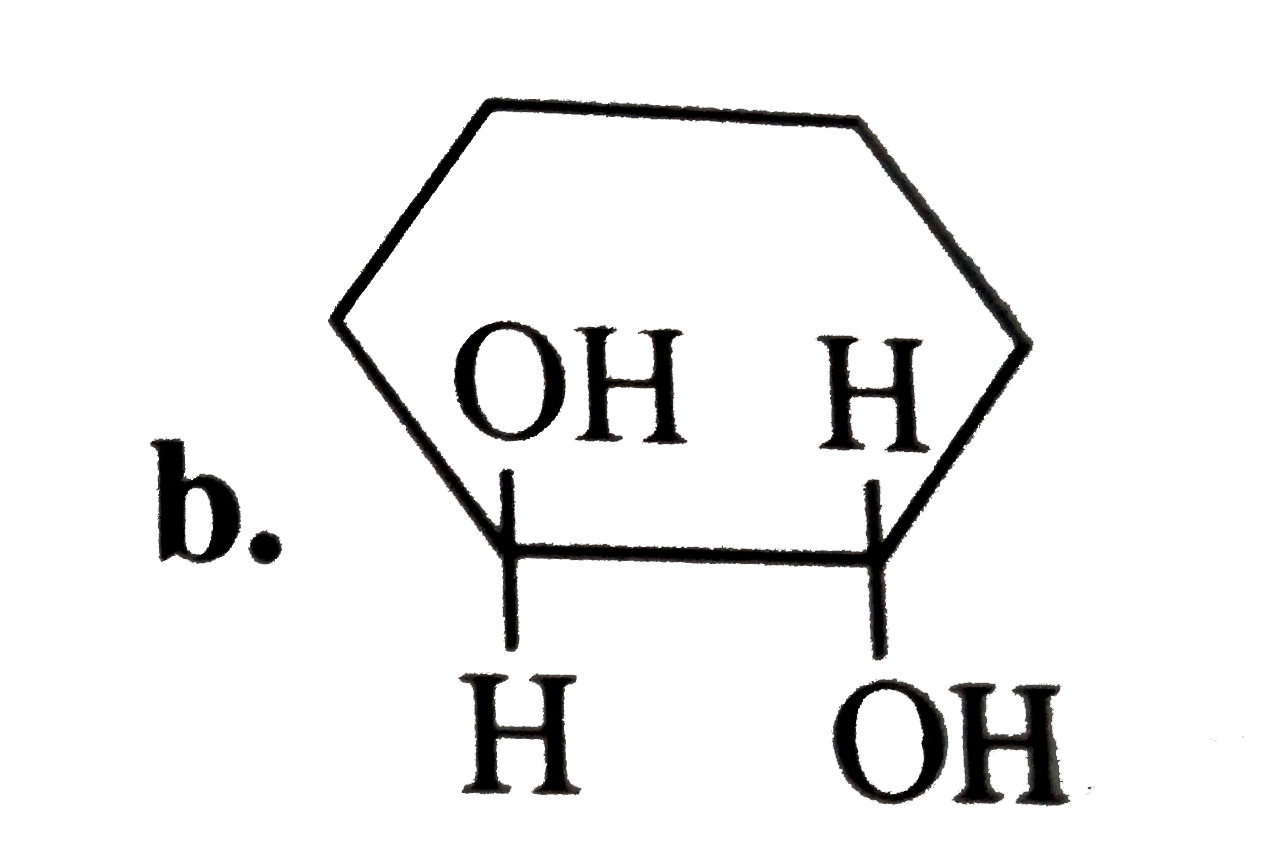
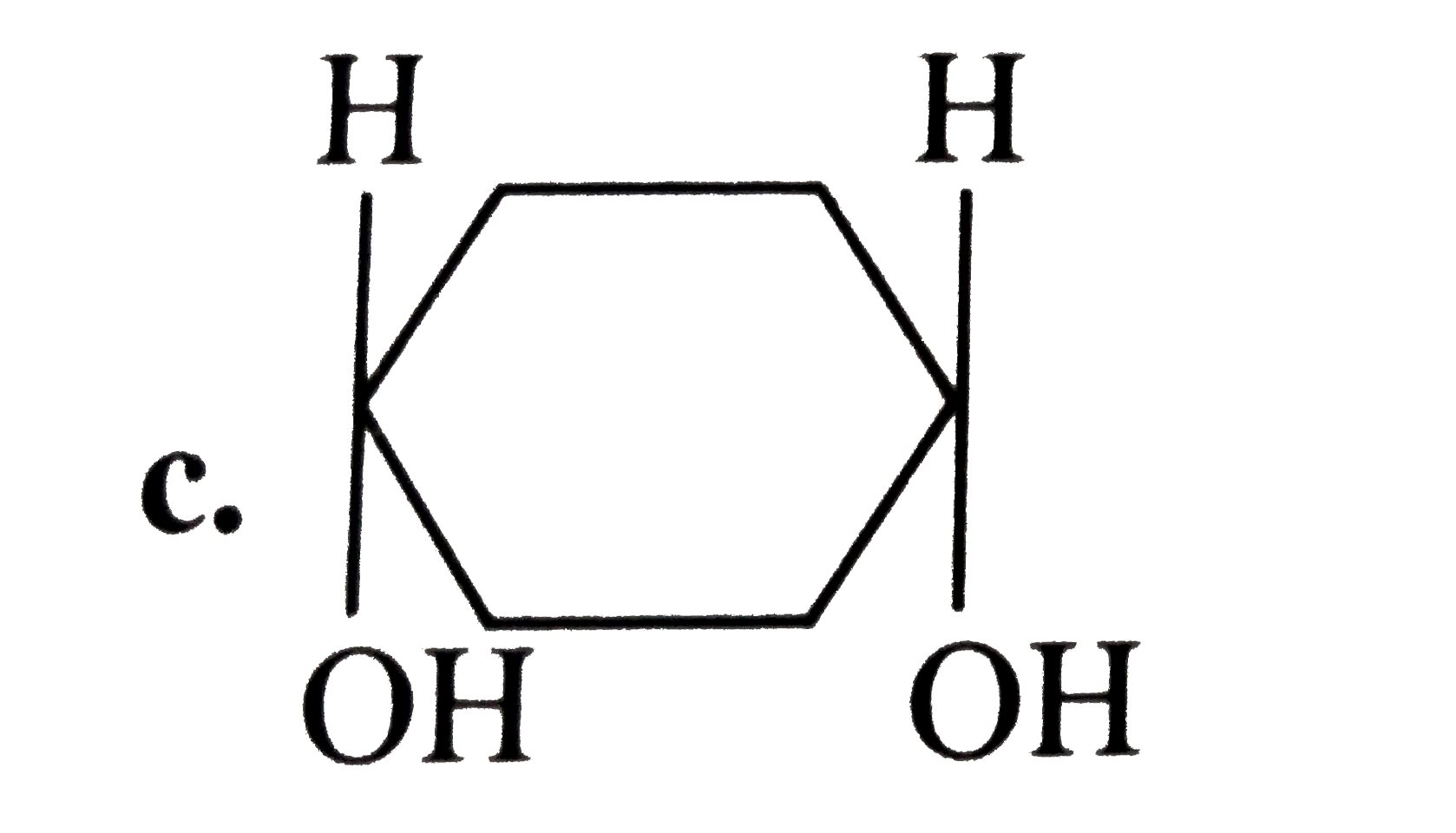
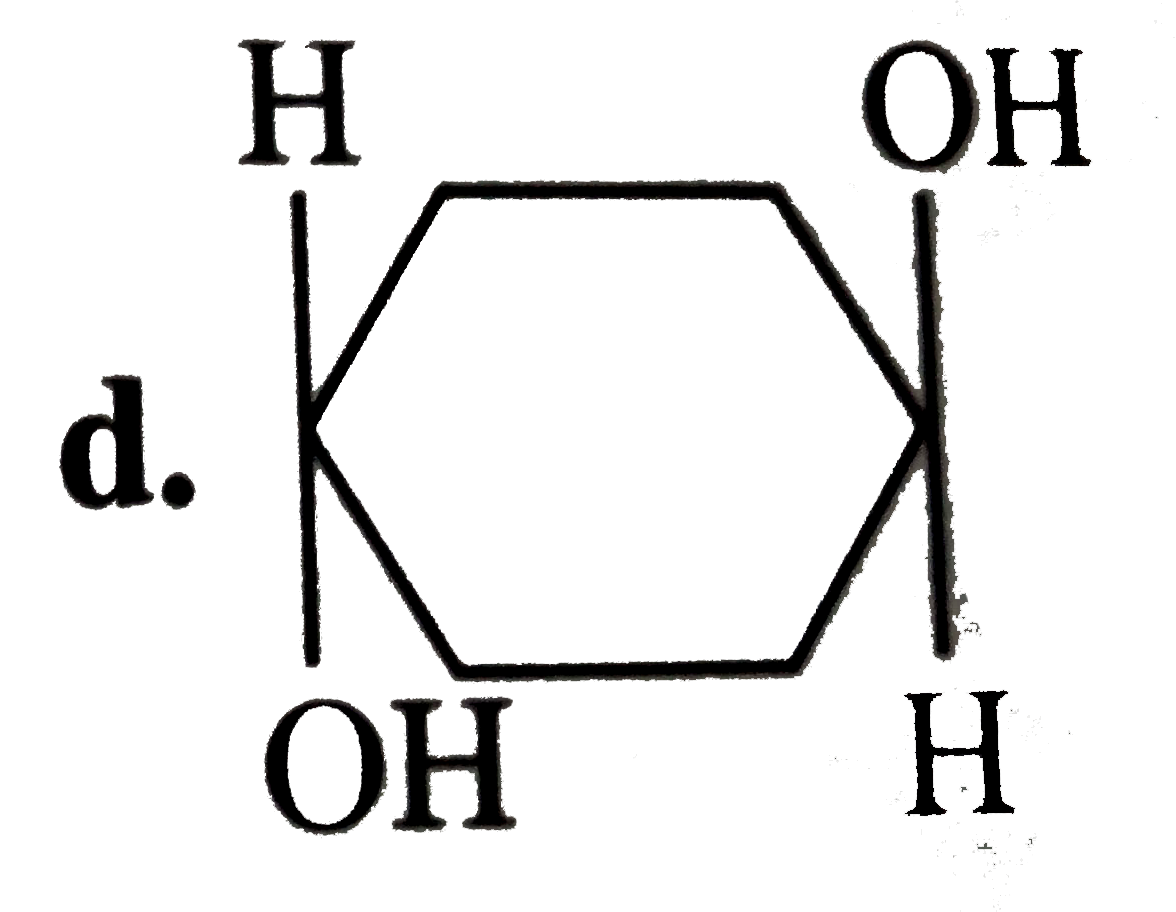
The correct Answer is:A
To determine which compound, when oxidized with lead tetraacetate (CH3COO)4Pd, yields the product OHC(CH2)4CHO, we need to analyze the structure of the desired product and the requirements for the oxidation reaction.
1. Identify the Desired Product:
The product is OHC(CH2)4CHO. This indicates that we have a compound with two aldehyde groups (–CHO) and a central carbon atom that is connected to four carbon atoms (–C(CH_2)_4–).
2. Understand the Reaction Mechanism:
The oxidation with lead tetraacetate typically involves the cleavage of vicinal diols (1,2-diols) to form aldehydes or ketones. The reaction proceeds through a cyclic intermediate and requires syn addition, meaning that the hydroxyl groups must be added to adjacent carbons in a specific orientation.
3. Check for Vicinal Diols:
We need to find a compound that contains vicinal diols, as this is a prerequisite for the reaction with lead tetraacetate. The diols must be on adjacent carbon atoms.
4. Evaluate the Options:
- Option A: If this compound has vicinal diols in a syn configuration, it could potentially lead to the desired product.
- Option B: If this compound has trans addition of hydroxyl groups, it cannot produce the desired product.
- Option C: If the diols are not vicinal, it cannot yield the desired product.
- Option D: Similar to option B, if it has trans addition, it cannot yield the desired product.
5. Select the Correct Compound:
After evaluating the options, we find that Option A contains vicinal diols in a syn configuration, making it the correct choice. When oxidized with lead tetraacetate, it will yield the desired product OHC(CH2)4CHO.
Conclusion:
The correct compound that, upon oxidation with lead tetraacetate, gives the product OHC(CH2)4CHO is Option A.
---
The product is OHC(CH2)4CHO. This indicates that we have a compound with two aldehyde groups (–CHO) and a central carbon atom that is connected to four carbon atoms (–C(CH_2)_4–).
The oxidation with lead tetraacetate typically involves the cleavage of vicinal diols (1,2-diols) to form aldehydes or ketones. The reaction proceeds through a cyclic intermediate and requires syn addition, meaning that the hydroxyl groups must be added to adjacent carbons in a specific orientation.
We need to find a compound that contains vicinal diols, as this is a prerequisite for the reaction with lead tetraacetate. The diols must be on adjacent carbon atoms.
- Option A: If this compound has vicinal diols in a syn configuration, it could potentially lead to the desired product.
- Option B: If this compound has trans addition of hydroxyl groups, it cannot produce the desired product.
- Option C: If the diols are not vicinal, it cannot yield the desired product.
- Option D: Similar to option B, if it has trans addition, it cannot yield the desired product.
After evaluating the options, we find that Option A contains vicinal diols in a syn configuration, making it the correct choice. When oxidized with lead tetraacetate, it will yield the desired product OHC(CH2)4CHO.
The correct compound that, upon oxidation with lead tetraacetate, gives the product OHC(CH2)4CHO is Option A.
Topper's Solved these Questions
- ALIPHATIC AND AROMATIC ALDEHYDES AND KETONESBOOK - CENGAGE CHEMISTRY ENGLISHCHAPTER - ALIPHATIC AND AROMATIC ALDEHYDES AND KETONESEXERCISE - Exercises Single Correct
71 Videos
- ALIPHATIC AND AROMATIC ALDEHYDES AND KETONESBOOK - CENGAGE CHEMISTRY ENGLISHCHAPTER - ALIPHATIC AND AROMATIC ALDEHYDES AND KETONESEXERCISE - Exercises Assertion-Reasoning
6 Videos
- ALIPHATIC AND AROMATIC ALDEHYDES AND KETONESBOOK - CENGAGE CHEMISTRY ENGLISHCHAPTER - ALIPHATIC AND AROMATIC ALDEHYDES AND KETONESEXERCISE - Exercises Linked Comprehension
59 Videos
- ALCOHOL,PHENOL AND ETHERSBOOK - CENGAGE CHEMISTRY ENGLISHCHAPTER - ALCOHOL,PHENOL AND ETHERSEXERCISE - Archives Analytical And Descriptive
15 Videos
- APPENDIX INORGANIC VOLUME 2BOOK - CENGAGE CHEMISTRY ENGLISHCHAPTER - APPENDIX INORGANIC VOLUME 2EXERCISE - Short Answer Type
179 Videos
Similar Questions
Which one of the following compounds gives acetone (CH3)2C=O as one of the product of its ozonlysis?
View SolutionWhich one of the following two compounds will give Haloform reaction and why ?
CH3CHO,HCHO
View SolutionWhich of the following compounds can form carbanion easily ?
I. CH3CH2 II. CH3CHO III. CH3CH2Cl IV.
The correct choice is :
View SolutionWrite IUPAC name of the following compound :
CH3CH2CH(CHO)CH2COOH
View SolutionWrite IUPAC name of the following compound :
CH3CH2CH(CHO)CH2COOH
View SolutionWrite IUPAC name of the following compound :
CH3CH2CH(CHO)CH2COOH
View SolutionIdentify the correct order of boiling points of the following compounds: CH3CH2CH2CH2OH1, CH3CH2CH2CHO2
CH3CH2CH2COOH3
View SolutionConvert CH3CHO into the following compounds:
a.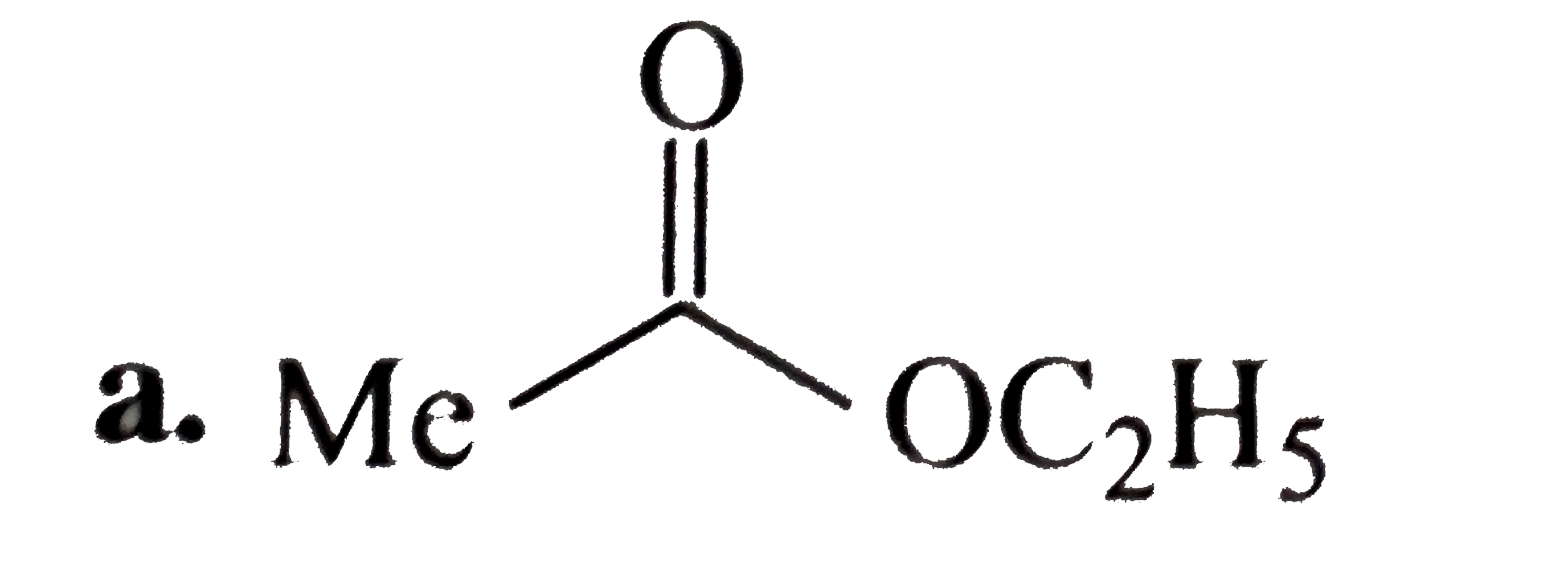
b.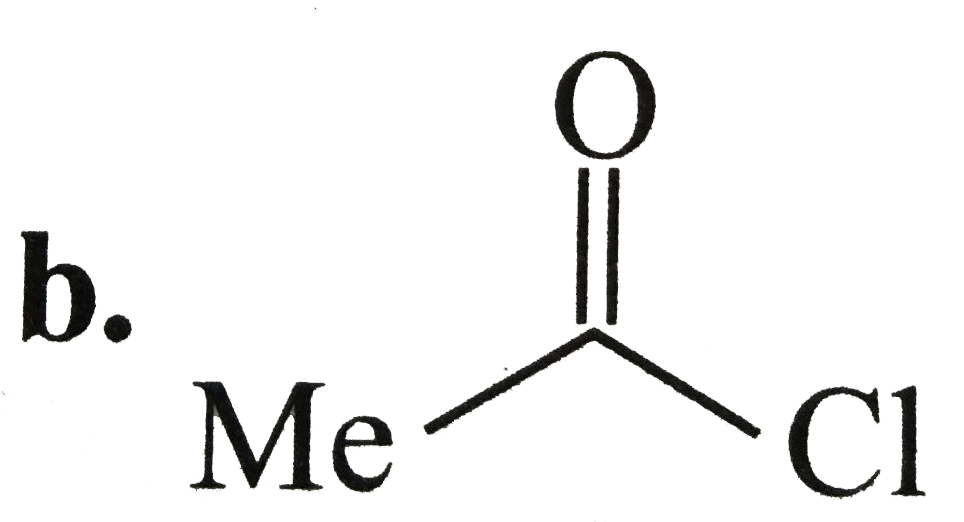
View SolutionGive the IUPAC name of the following compounds:
(i) CH3COCH(CH3)2, (ii) CH3CH(OH)CH2CHO ,
View SolutionGive the IUPAC names of the following compounds :
CH3CH(CH3)CH2CH2CHO
View Solution
